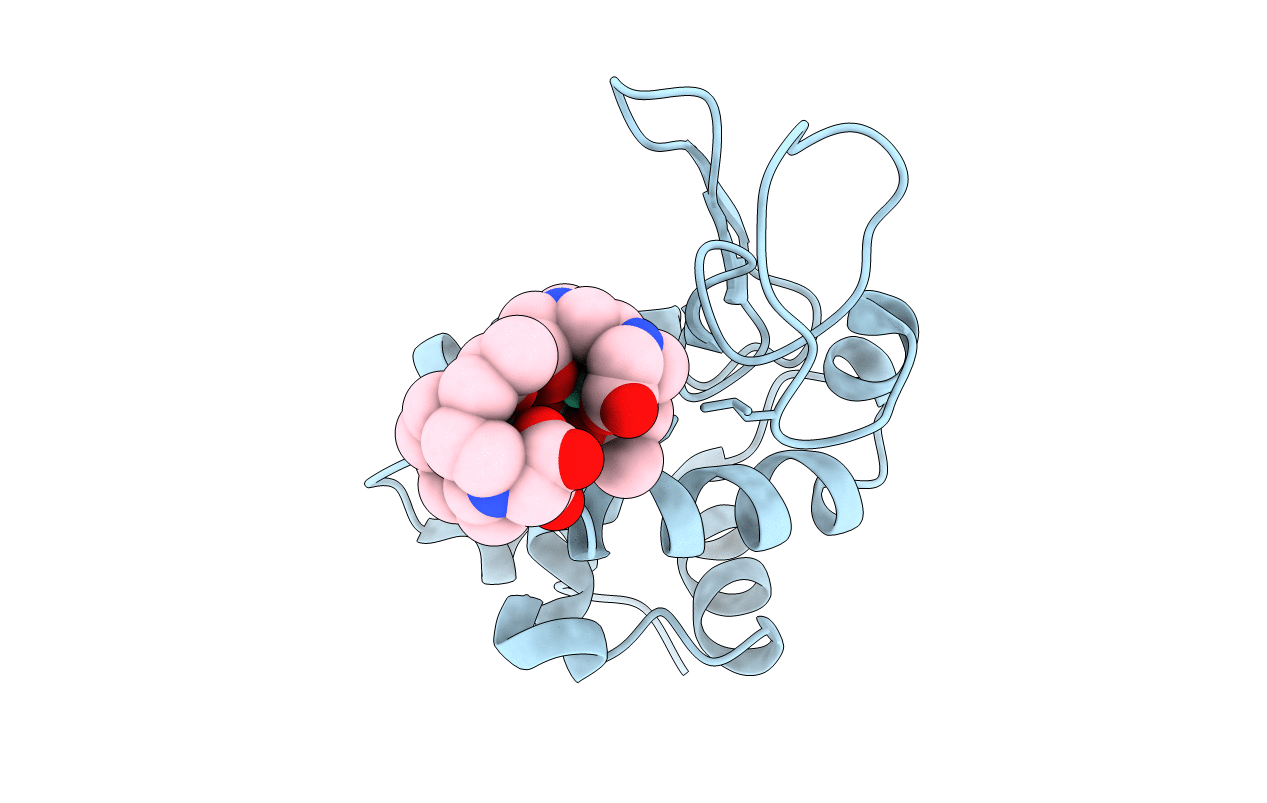
Deposition Date
2017-07-09
Release Date
2017-10-25
Last Version Date
2024-10-23
Entry Detail
PDB ID:
5OER
Keywords:
Title:
Hen egg-white lysozyme refined against 5000 9 keV diffraction patterns
Biological Source:
Source Organism:
Gallus gallus (Taxon ID: 9031)
Method Details:
Experimental Method:
Resolution:
1.90 Å
R-Value Free:
0.21
R-Value Work:
0.18
R-Value Observed:
0.18
Space Group:
P 43 21 2


